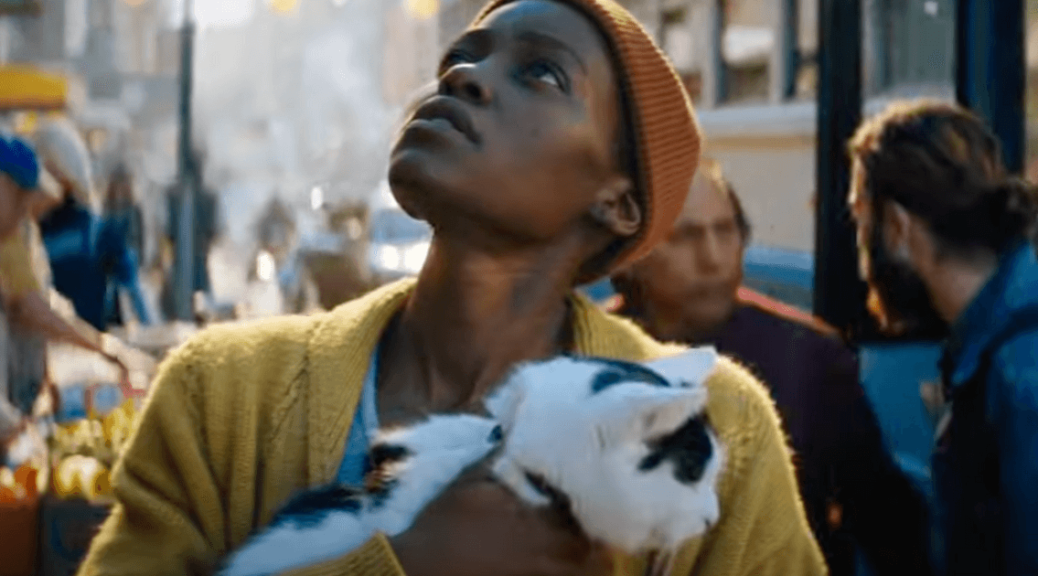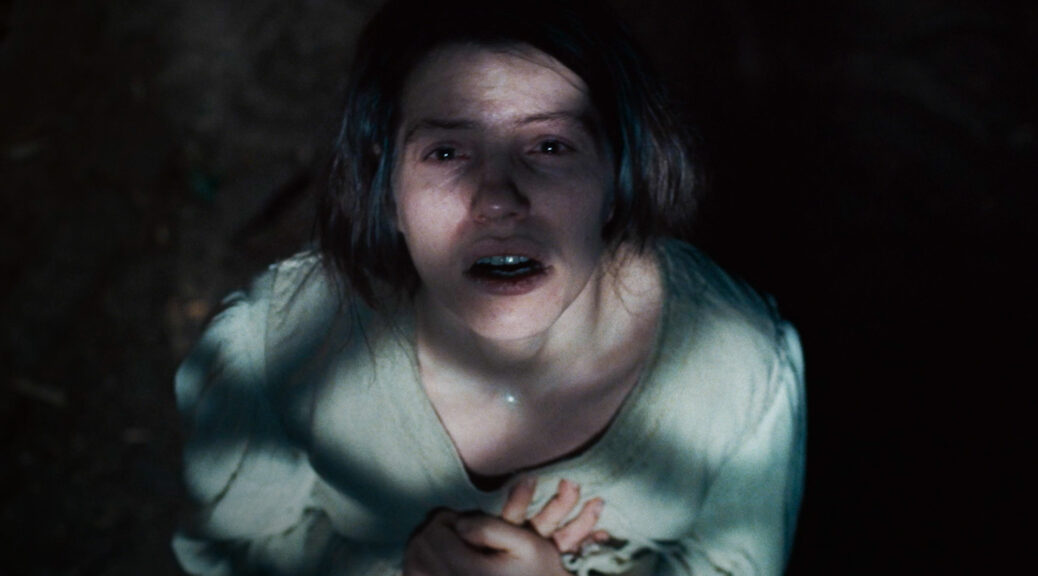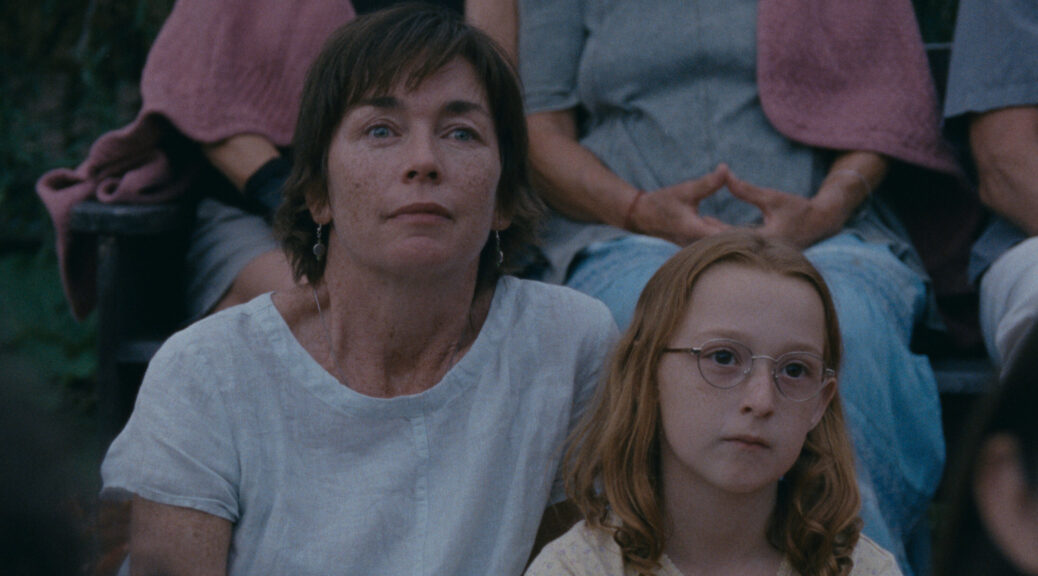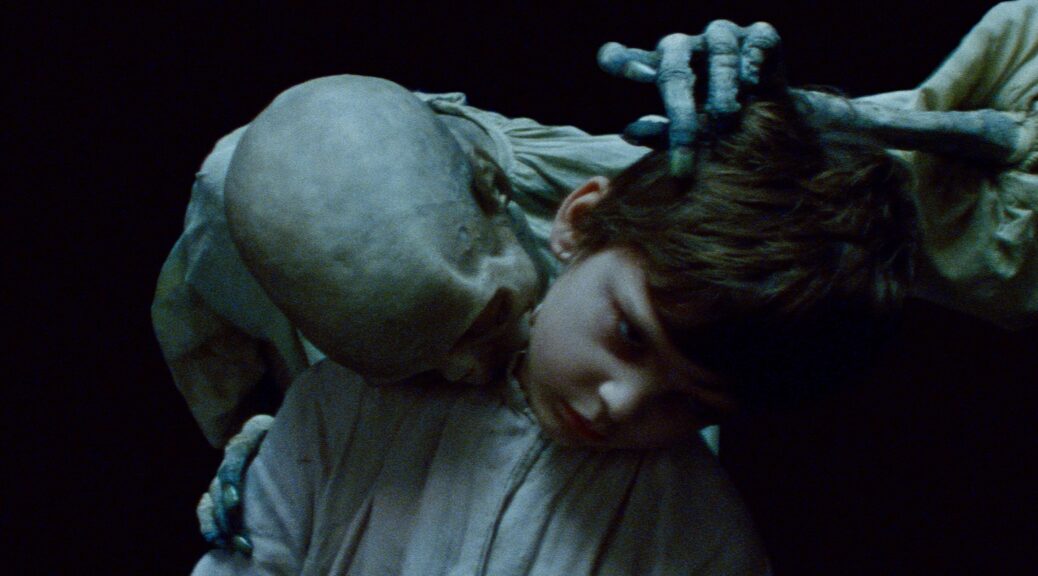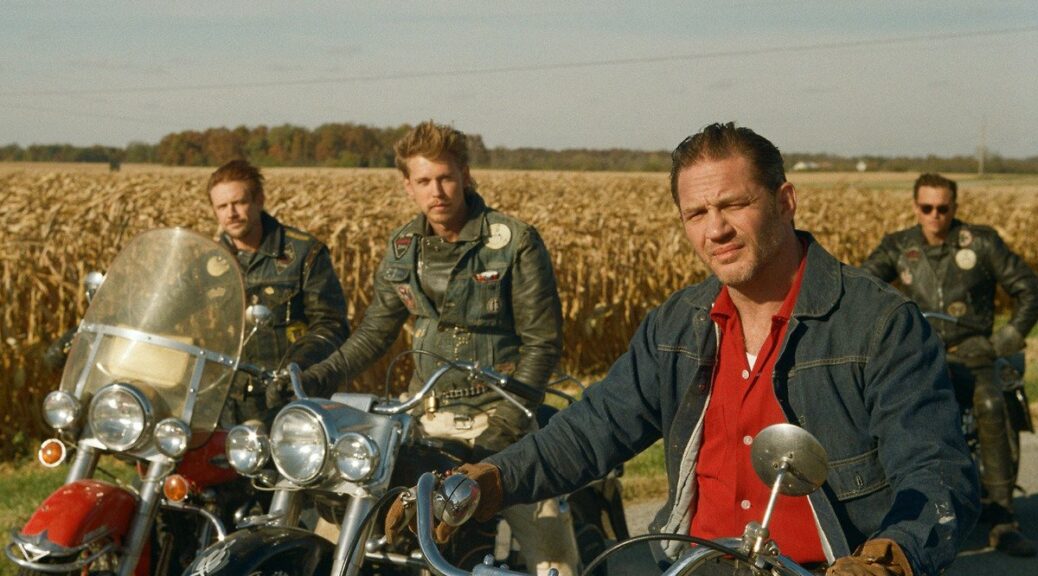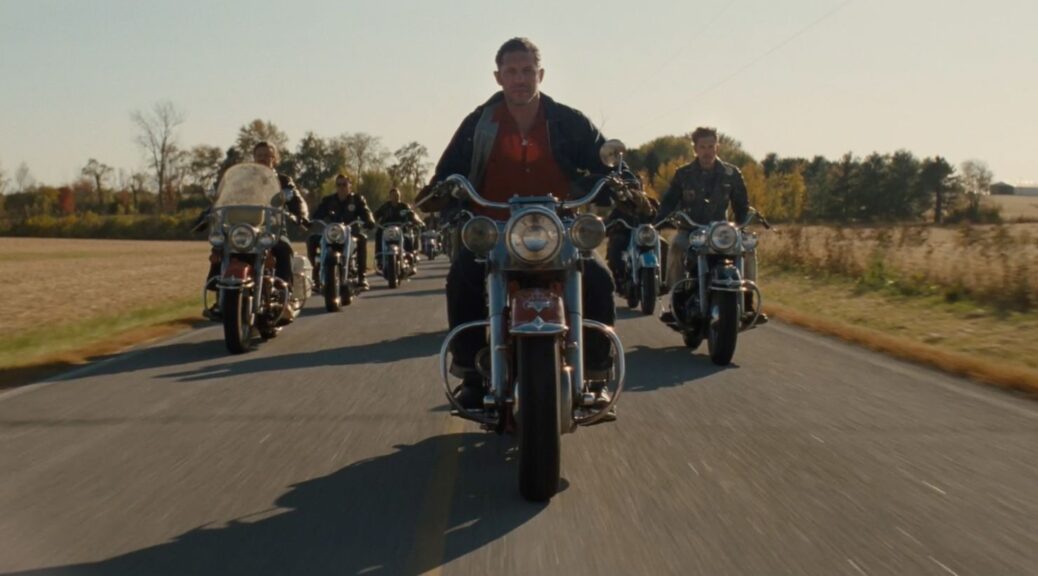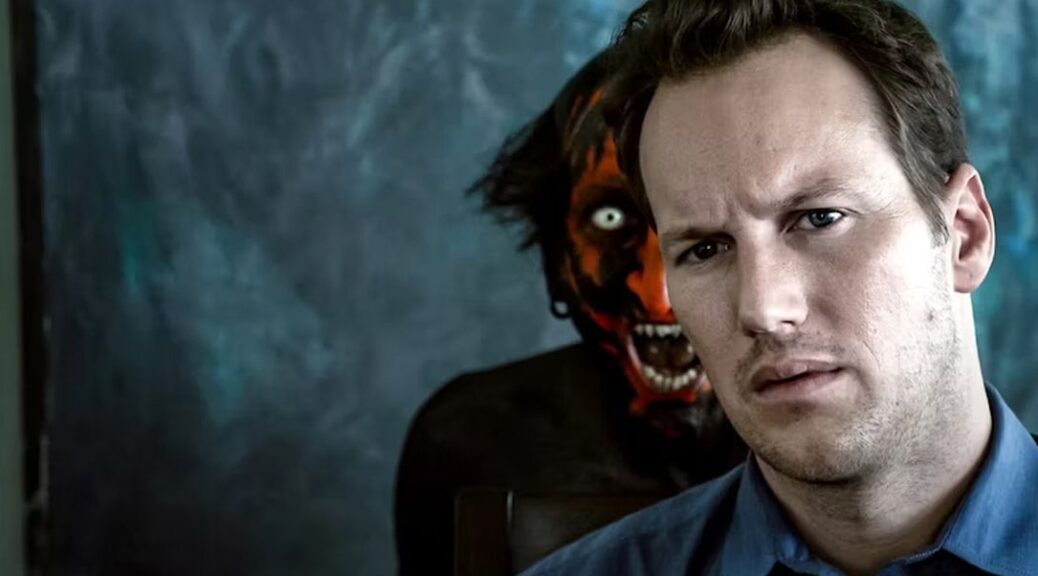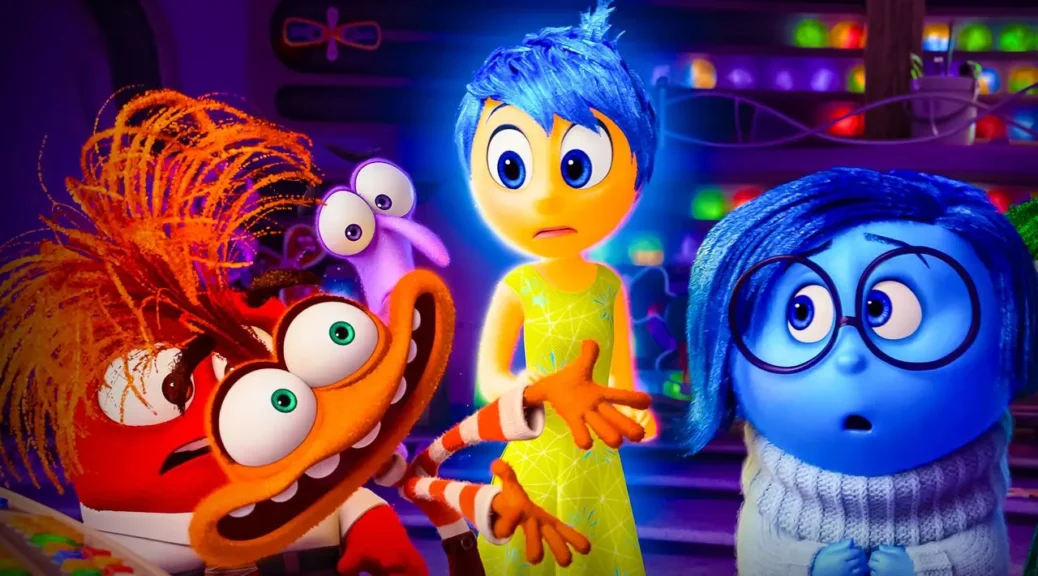A Quiet Place: Day One
by Hope Madden
Writer/director Michael Sarnoski has more than inventive scares to live up to as he helms A Quiet Place: Day One. The third installment of John Krasinski’s alien invasion series may boast breathless tension, sudden gore, and the most silent theaters you’re likely to visit. Beyond all those things, Krasinski shows no mercy at all when it comes to ripping your heart out. In that area, he does more damage than aliens.
Well, Sarnoski is ready for it—all of it—so you should bring some tissues.
Lupita Nyong’o leads a stellar cast as Sam, an unhappy woman on a day trip with her cat to NYC. Her plans are upended when giant ear-head monsters begin dropping from the sky, smack into the noisiest city in the nation. Watching as folks figure out how to survive without saying a word offers Episode 3 an excellent way to carve new ground.
Sarnoski’s a fascinating choice to direct this third installment, which was originally meant for Jeff Nichols (who would have been an unusual choice for a SciFi/horror sequel too). Nichols dropped out to make The Bikeriders, but Krasinski (who co-writes and produces) still nabbed a filmmaker not known for genre but for heartfelt, beautifully drawn indies. Sarnoski’s Nic Cage showcase Pig is one of the greatest films of 2021 and boasts perhaps the best performance of the prodigious actor’s career.
Alex Wolff, who held his own against Cage in Pig, is one of a slew of actors who makes a big impression with limited screentime and even less dialog. Djimon Hounsou mines more from his handful of minutes in this film than in the whole running time of A Quiet Place Part II, and Joseph Quinn (Stranger Things) finds power in panic and shares a wonderful postapocalyptic chemistry with Nyong’o.
Plus there’s a cat, Frodo. Yes, it’s a cheap way to generate tension as you spend the entire film asking, “Wait, where’s the cat? How is the cat?” The script calls for a handful of other easy ploys for anxiety, fear and emotion, but Sarnoski and his cast rise above these. They make you believe them.
Any time you can watch a film with giant extra-terrestrials bearing ear drums where a face should be and you find yourself fully believing anything, you’re watching a pretty good movie. A Quiet Place: Day One is a pretty good movie.
